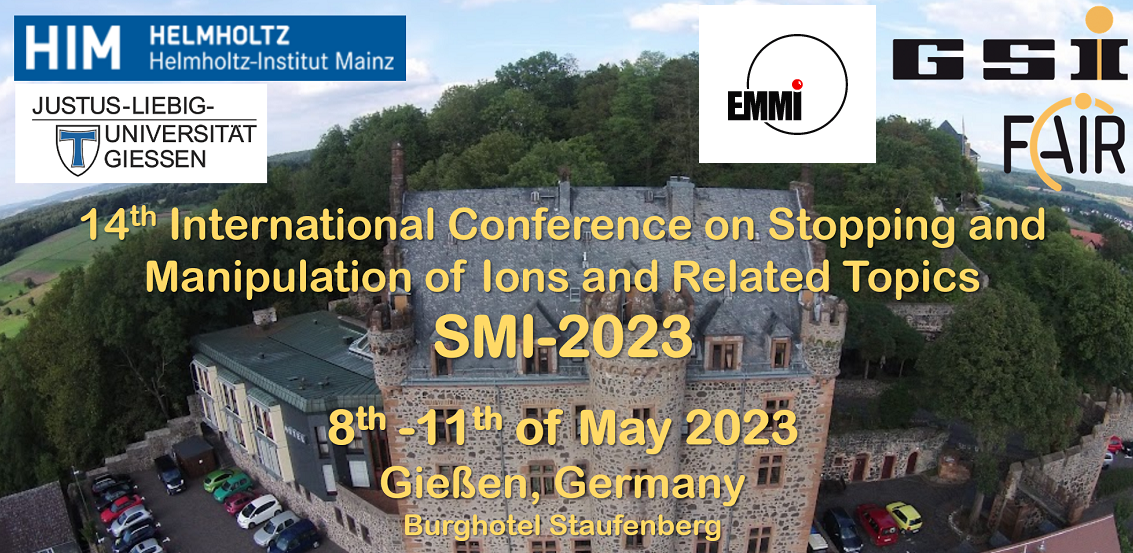Sprecher
Beschreibung
Laser spectroscopy is one of the pillars of nuclear-physics research with radioactive ion beams, allowing to determine mean-square charge radii, spins and electromagnetic moments of nuclear ground states and isomeric states from the lightest to the heaviest nuclei currently produced. These observables, in turn, play an essential role in the interpretation of nuclear structure and the development of state-of-the-art nuclear models. Consequently, laser-spectroscopy setups are important components of low-energy-physics programs at accelerator facilities, either operational or under construction.
The main challenge of laser spectroscopy with radioactive isotopes is to reach the required sensitivity in terms of count rate, due to minute production rates and unwanted background, and in terms of spectral resolution, due to the goal of quantifying isotope shifts and hyperfine structures which give access to the nuclear properties. This double challenge has motivated the development of a whole range of laser-spectroscopy approaches. Some aim to probe atoms as closely as possible to the production or stopping point, despite having to deal with unwanted spectral broadening mechanisms. Others rely on a complex preparation prior to the laser-atom interaction, allowing high spectral resolution, but suffering inherent efficiency losses. Finally, a whole new set of techniques, such as in-gas-jet laser spectroscopy (for gas-catcher-based setups) or perpendicular-ionization in-source laser spectroscopy (for hot-cavity-based setups) [2] aims to achieve an acceptable compromise of both worlds. In addition, the coupling of laser-spectroscopy setups to mass spectrometers was shown to greatly boost count-rate sensitivity [3].
This contribution will give an overview of some of the state-of-the-art approaches in the stopping and manipulation of radioactive isotope at accelerator facilities with the purpose of laser spectroscopy. Some of the main themes driving current developments will be discussed, with examples from existing laboratories.
[1] Yu. Kudryavtsev et al., Nucl. Instr. Meth. B 297, 7–22 (2013)
[2] R. Heinke et al., Hyperfine Interact. 238, 6 (2017)
[3] B. Marsh et al., Nucl. Instr. Meth. B 317, 550–556 (2013)

